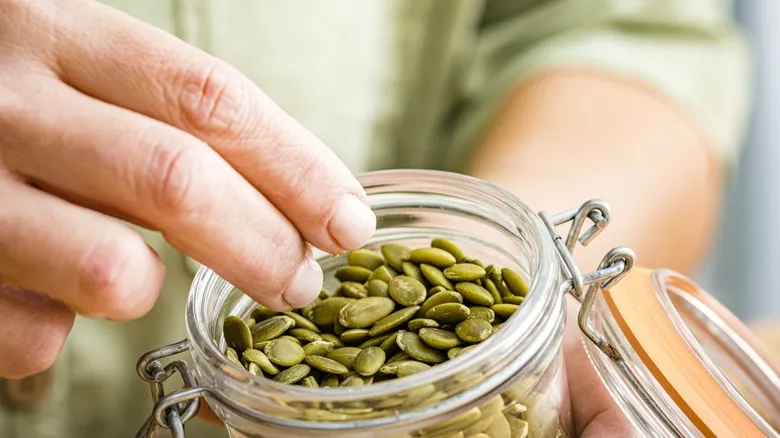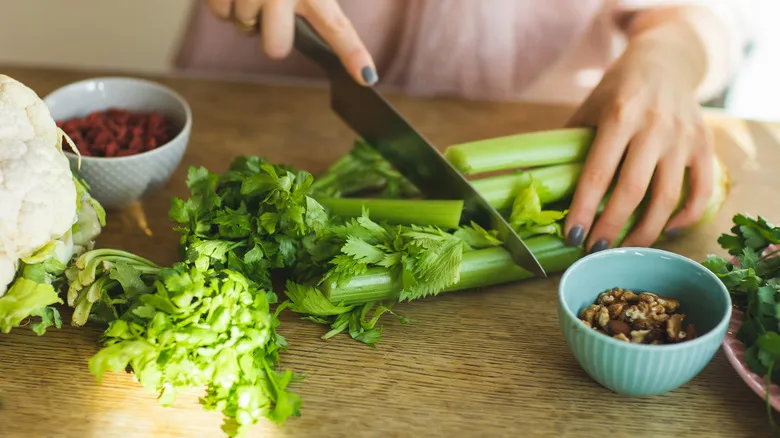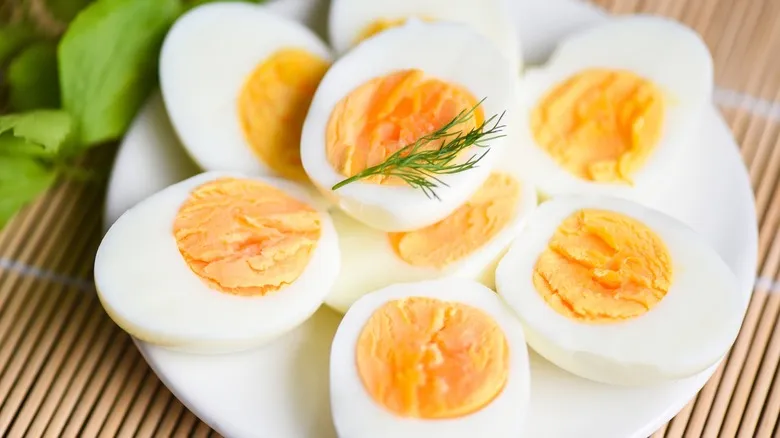The hard-boiled truth about pressure cooker eggs and peelability

Some variations of the method suggest fully submerging the eggs in water before cooking, while others recommend adding just a cup of water to the bottom of the pot beneath the eggs, allowing them to steam. The latter approach is likely more effective, as submerging the eggs in water causes them to boil instead of pressure-cook, which may be somewhat significant for ease of peeling.
Alton Brown, a pioneer in food science, points out that the atmospheric pressure inside the pressure cooker prevents air from escaping through the shell's pores, making the eggs easier to peel. However, he believes the true secret lies in the rapid temperature rise of the pressure cooker and the thorough cooling process (not necessarily a quick one). Some techniques also suggest placing the eggs with the pointed end down during cooking to facilitate peeling by creating a larger air pocket to crack into. Others recommend peeling the eggs under running water for a smoother experience.
Just ensure the eggs are fully cooked first, or you won't be able to finish the process. Chef Jacques Pépin has a unique method for checking doneness: he spins the hard-boiled egg on a flat surface after it has cooled slightly. If it’s properly cooked, it will spin like a top. Another useful tip is to shine a flashlight through the egg; an uncooked egg will illuminate completely, while a hard-boiled egg will allow very little light to pass through.
Recommended

How To Turn Your Hot Dogs Into Adorable Octopuses

Can You Substitute Pepitas With Pumpkin Seeds?

How To Properly Freeze Celery To Avoid Ice Crystals

Here's How To Cook A Tagine Dish Without A Tagine
Next up

